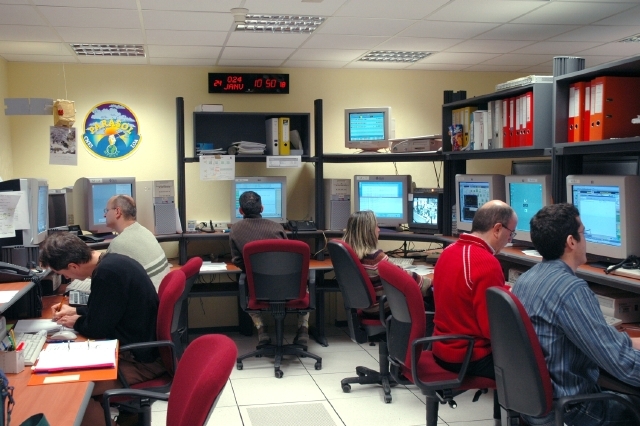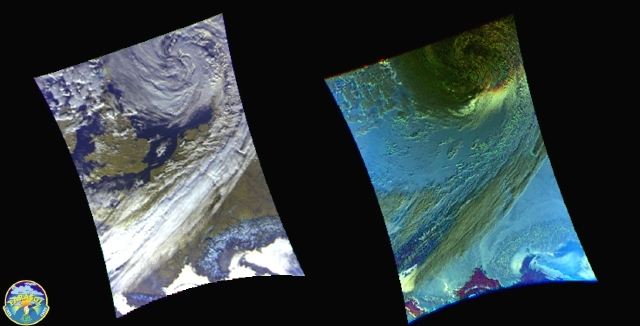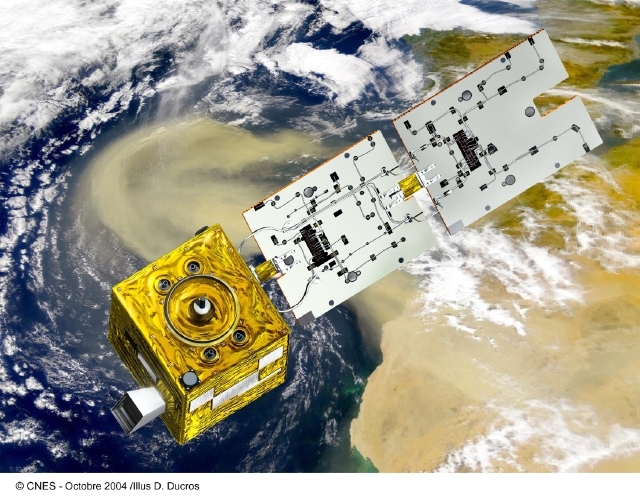11 January 2010
4 km below the A-Train…

“After nearly 5 years in operation, the Parasol satellite was starting to show signs of aging, notably its star tracker1. The regular orbital manoeuvres required to maintain its position in the A-Train had also virtually depleted its fuel reserves,” explains Thérèse Barroso, in charge of Parasol operations for CNES.
In accordance with the established procedure, Parasol must therefore leave the A-Train to avoid becoming a hazard for its companion satellites Aqua, CloudSat, Calipso and Aura. It will subsequently be left to burn up in Earth’s atmosphere.

But CNES’s teams felt the satellite’s mission wasn’t quite over yet.
“Parasol’s instrument is still working well,” says Thérèse Barroso. “We therefore suggested to our US partners that we could lower Parasol into an orbit under the A-Train.”
Their proposal was accepted. On 2 December 2009, after a trial run, CNES’s operations teams safely lowered Parasol’s orbit.
Today, the satellite is orbiting 4 km below the A-Train and pursuing its measurements.
… but still operational

The objective of the A-Train is to combine near-simultaneous observations of Earth’s atmosphere by different instruments.
The A-Train’s unique measurements are helping scientists to gain a better understanding of the atmosphere and climate.
Parasol’s imaging instrument2 is investigating the properties of clouds and aerosols—small particles in suspension in the atmosphere—and their impact on Earth’s climate.
In tandem with Calipso, for example, it provides a continuous 3D picture of these phenomena.

“Parasol is still able to acquire measurements simultaneously with the A-Train satellites for 3 days every 80 days. As it is gradually drifting east and running out of fuel, such encounters will be increasingly fleeting. But it is still probing the atmosphere alone,” says Thérèse Barroso.
Parasol is therefore going to pursue its observations in 2010 and possibly into 2011, since a request to extend the mission is being considered.
The microsatellite was initially designed for a 2-year mission. It reached its 5th year in orbit on 18 December 2009.
1 The star tracker helps to control the satellite’s position and attitude.
2 This instrument measures the characteristics of light reflected by Earth and its atmosphere.